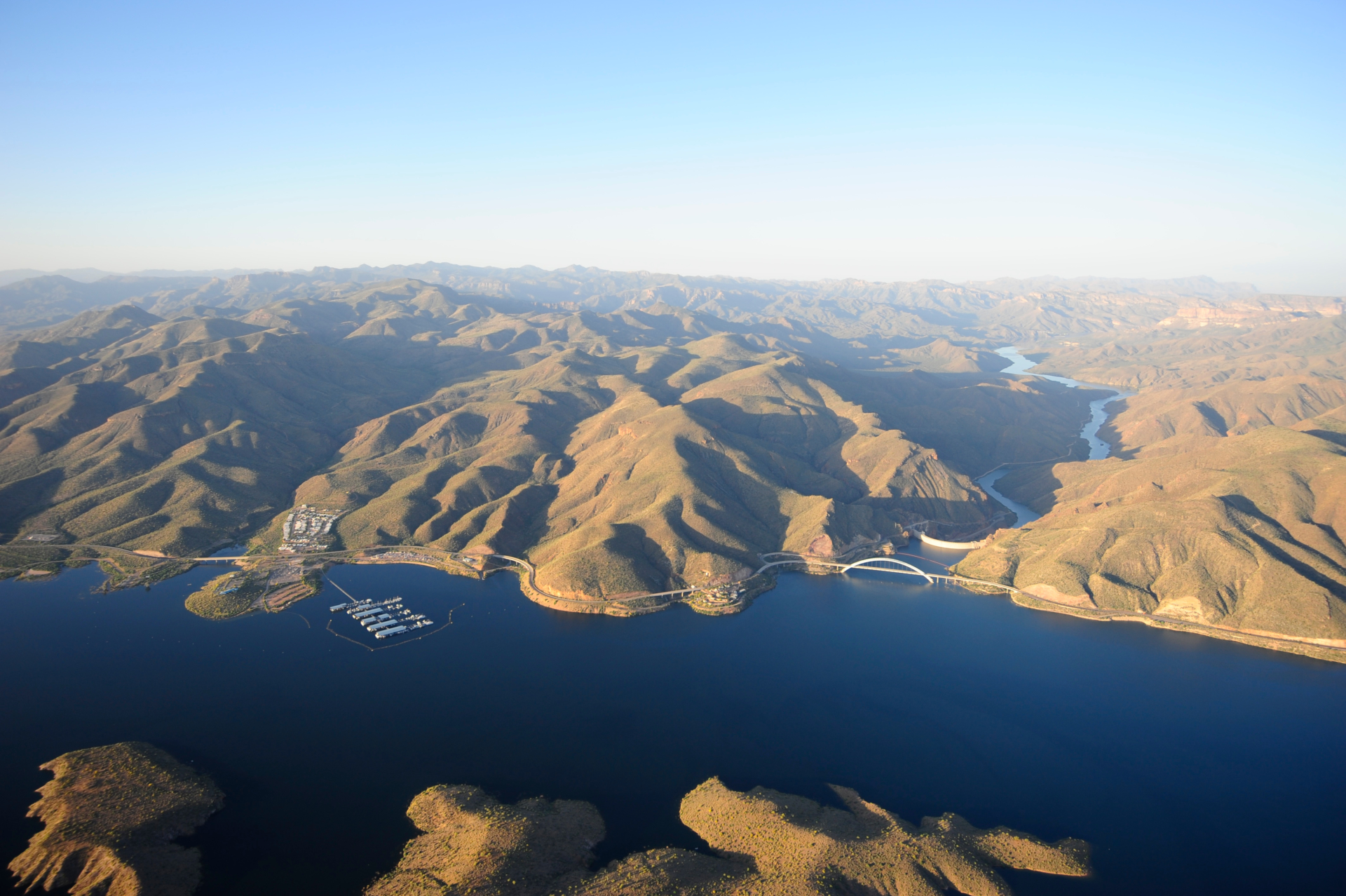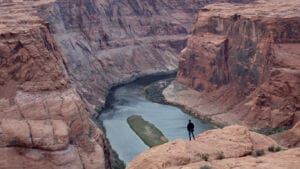Back in August, the U.S. Secretary of the Interior declared a long-expected Tier 1 shortage for the Colorado River. This means that the Basin States, including Arizona, will begin to experience cutbacks in 2022.
Out-of-state investors have begun to question the long-term viability of Arizona’s water supply and our ability to continuing growing. It’s important that anyone in the commercial real estate industry, especially those who speak to prospective investors or tenants from other parts of the country, be able to quickly articulate the facts.
First and foremost, agriculture, primarily in Pinal County, will be the only sector of the economy impacted by Tier 1 cuts under the Drought Contingency Plan (DCP). Farms will receive less Colorado River water from the Central Arizona Project (CAP) as stipulated in this agreement. Cities, homeowners, industrial users and other types of businesses will not be forced to curtail their water use.
READ ALSO: Some fast facts to know about the Arizona water supply
The Tier 1 reductions amount to about 30% of CAP’s normal supply, 18% of Arizona’s total Colorado River supply and, importantly, less than 8% of Arizona’s total water use.
Over many decades as Arizona has grown, land use has shifted from agriculture to municipal. Houses and businesses use far less water per acre than farming. As a result, Arizona is now using the same amount of water as it was in 1957 despite a more than sevenfold increase in population.

Nevertheless, agriculture remains the largest user of water statewide at 70% of all water but makes up less than 7% of the gross state product (sum of economic value added by all industries in the state). In Metro Phoenix, agriculture uses 30% of the water, while cities use 50%, industrial 9% and tribal 11%, according to Arizona Department of Water Resources 2018 data.
Metro Phoenix is not overly dependent on Colorado River water. The supply comes from four major sources: groundwater (34%), effluent (12%), Salt and Verde rivers (25%) and the CAP/Colorado River (29%), according to Arizona Department of Water Resources’ 2020 data.
If levels of water in Lake Mead, which stores Colorado River water, continue to dip, the DCP provides a legal framework for which types of users will experience cutbacks, when this will occur and what mitigation measures will be available for these users.
The state would have to enter a Tier 3
shortage for municipal and industrial users to be subjected to cutbacks. Based on hydrological research, this is highly unlikely for many years and may never occur. Of particular importance is the fact that Arizona has banked about 13-million-acre feet of water, enough for the urban areas of Phoenix and Tucson to survive exclusively on this source for 10 years.
Additionally, long-term planning dating back to the 1980 Groundwater Management Act has protected communities from unsustainable growth. This act requires all new housing developments to secure a 100-year supply of water. Many residential developers have relied on participation in the Central Arizona Groundwater Replenishment District, which provides water replenishment services to holders of assured water supply status. Although this tool may not be available for much longer, master planners are actively coming up with new approaches to fulfill this requirement.
Long-term augmentation strategies are already being developed. These will take years to come to fruition and, ultimately, it can be reasonably expected that all users will pay more for water. The strategies include desalination, bringing in water from farther distances, the creation of water markets, renegotiation of historic water rights with payments to the holders of these rights, cloud seeding, gray water usage and many more creative approaches.
Due to wise policy decisions in the past and hard work among current government officials and water stakeholders, our supply is secure for many years to come. This fortunate fact combined with future augmentation strategies and voluntary conservation measures means that Arizona will remain a safe place to invest even as the climate becomes hotter and dryer.
Suzanne Kinney is the president and CEO of the Arizona Chapter of NAIOP, the Commercial Real Estate Development Association.




